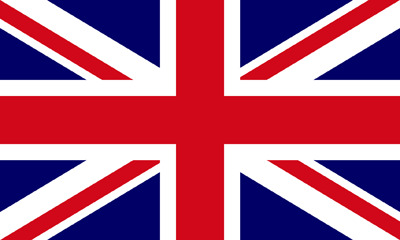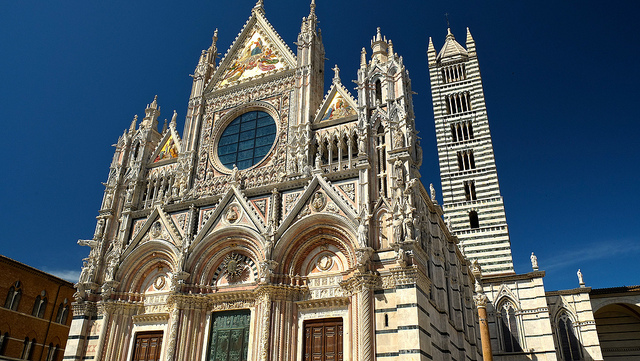CITIES OF ART IN TUSCANY
SIENA
A dive into the past, extraordinary architecture wisely preserved, listed as a UNESCO World Heritage Site, Siena is the Palio: alliances, betrayals and rivalries between the different districts, an exciting horse race, testimonies of which can be traced back to the 13th century, that takes place in the extraordinary scenery of Piazza del Campo. The square, symbol of the city, is dominated by the Palazzo Pubblico and the Torre del Mangia, Piazza del Duomo is also worth a visit where you can admire the Cathedral of S. Maria Assunta (Duomo) with works by Donatello, Michelangelo and Pinturicchio, the crypt and the Piccolomini Library. Another religious symbol of the city is the Baptistery, behind the Cathedral, dating from 1325.
Siena is 80 km from Macciangrosso (1 hour by car).
For more information:
Tourist information: www.comune.siena.it
Palio programme: www.ilpalio.org
AREZZO
The centre of the city is certainly the beautiful Piazza Grande, surrounded by medieval buildings such as Palazzo Tofani and the Torre dei Lappoli and fifteenth and sixteenth-century buildings; it is also home to an antiques market, known throughout Italy, which takes place on the first Sunday of the month, as well as the “Giostra del Saracino“, a great historical re-enactment held twice a year (June and September). When you reach the top of Corso Italia, the main commercial street of the city, you will arrive at the top of the hill in Piazza del Duomo where the Cathedral of St. Donato and the adjacent Palazzo dei Priori, built in the 14th century, religious and political centre respectively, are located.
Arezzo is 66 km from Macciangrosso (45 min by car).
For more information:
Tourist information: www.visitarezzo.com
Giostra del Saracino: www.giostradelsaracinoarezzo.it
PERUGIA
The historic centre of Perugia boasts a very rich artistic heritage enclosed within an Etruscan wall that is still visible. It is accessed through a series of doors, the most monumental of which is the Etruscan Arch, an ancient gateway to the acropolis. The main monuments of the city include the Fontana Maggiore, one of the greatest examples of Italian medieval sculpture. The fountain is located in Piazza IV Novembre, overlooked by the Cathedral of S. Lorenzo and the Palazzo dei Priori, now also home to the National Gallery of Umbria, which exhibits one of the richest art collections in Italy, from the 13th to the 19th century, in over 40 halls. sec. At the end of Corso Vannucci there are the remains of the Rocca Paolina, the evocative undergrounds sections with the palaces, shops and medieval streets of which remain and can be visited with a series of escalators. Finally, don’t miss the Benedictine abbey of San Pietro, where there are 3 cloisters and a botanical garden with over 1200 types of plants.
Perugia is home to important food, wine and cultural events such as Eurochocolate and Umbria Jazz.
Perugia is 58 km from Macciangrosso (1 h 10 min by car).
For more information:
Tourist portal: turismo.comune.perugia.it








